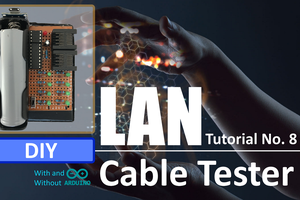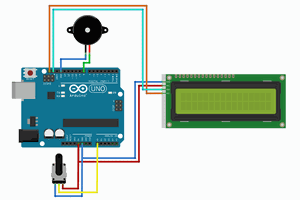After looking for accessories for my new EOS Rebel T5i DSLR, I happen to stumble across Canon's TC-80N3 remote control. "Quite useful this will be!" I said to myself, until I saw the price. Google it. It has many fancy features on it including an intervalometer. An inta- what!? I said to myself then quickly then googled it. All an intervalometer is a device that counts intervals of time. "This shouldn't be too hard to recreate" is said once more, and here we are.
After googling pinouts for the remote control plug, I quickly found that the pinouts are quite simple, Ground, Focus, and Shutter. Next, I took out my multimeter and started measuring voltages. I found that on either the focus or shutter pin, there is about 3.3v floating on it at all times. I drew the conclusion that in order to activate the shutter, the shutter pin has to be pulled low to ground, easy. Then I got thinking what might be in Canon's TC-80N3 remote. A micro controller, a source of power, a bunch of buttons, and an LCD screen. In theory, I could just hook up the camera directly to the Arduino, but when the IO pin is low, it would sink itself to ground, thus taking a picture. I could keep that pin high but that would mean i'm supplying 5v onto a 3.3v rail. Not too smart if you ask me. So I set out to build a simple, yet somewhat elegant device to take the Arduino's 5V logic and use that to sink the shutter pin to ground. After fiddling around a bit, I came up with a circuit. Put a 10k pull-up resistor between an NPN transistor's base and a free Arduino IO pin, the collector to the shutter pin of the camera, and the emitter to the Arduino and camera's ground rail. Done! When the transistor receives 5v from the Arduino, it allows current to flow from the the common ground rail, through the emitter and to the collector and then directly to the camera, effectively sinking the camera's shutter pin to ground. So instead of spending three figures on a remote that has more features than I really want, I was able to piece together exactly what I wanted from stuff both you and I have probably have lying around in under 15 minutes.



 Andrew (@datagoboom)
Andrew (@datagoboom)
 jurc192
jurc192
 Hulk
Hulk
 hIOTron
hIOTron
I've been using the Meitu Mod APK and love it! The advanced editing tools and beautiful filters take my photos to the next level. Definitely recommend trying it out. https://meituapp.net/